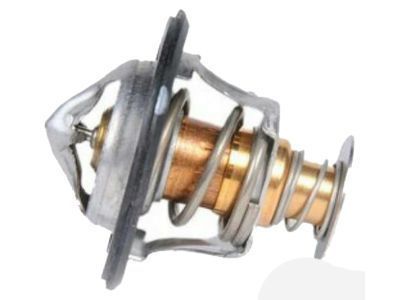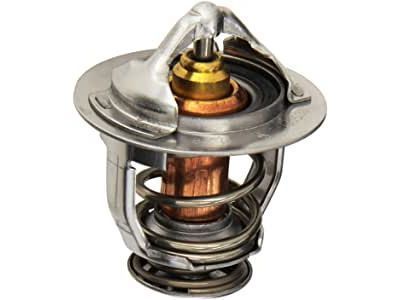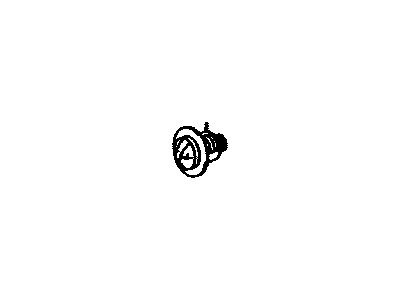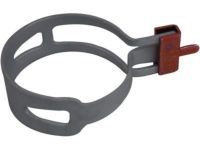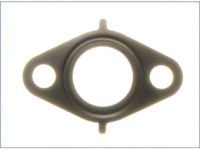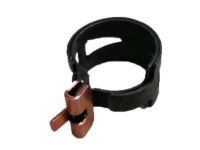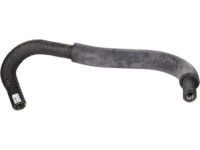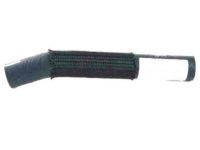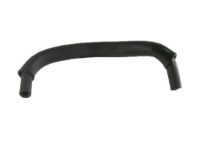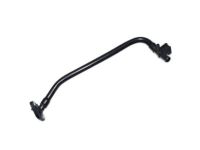Unless you want to think that the cooling system problem is a fault of the thermostat, try to inspect the coolant level, the tension of the drive-belt, and the function of the temperature gauge. If the engine takes a long time to warm up, the thermostat is most probably stuck open and should therefore be replaced. If the engine is hot and the lower radiator hose is cool, the thermostat may be stuck shut and not allowing the coolant to go into the radiator; thermostats should therefore be replaced. If the lower radiator hose is hot, then coolant is circulating thus the thermostat is open. It is important to eliminate the thermostat; that is, if the socket is open at room temperature, the thermostat is bad. To test it, put the closed thermostat on boiling water with a thermometer in it with no portion of the thermometer in contact with the sides of the container and heat the water while observing the changes in the thermostat. Pay attention to the degree of opening at which the air curtain starts expelling air and when it is fully operative; this has to be checked against the standard temperature. This should be replaced if it does not perform as it is expected to do so in the course of using the equipment. To replace, remove the negative battery terminal, lift the car properly, take out the lower part of the engine and the fender splash shield, drop the Coolant and remove the Radiator hose connecting to the thermostat housing. Take off the drive belt, and, in the case of Lexus RX330, starter. For four-cylinder models, unbolt the alternator, disconnect the radiator hose from the thermostat housing, and remove the housing The thermostat should also be removed and sealing surfaces cleaned. Replace a gasket and the thermostat that is equipped with the jiggle valve in the upper position. For the V6 versions, take off the air filter, then unscrew the water inlet pipe, and uncouple the radiator hose. Take out the thermostat housing and put a new gasket and correctly position the jiggle valve. On 2GR-FKS engines, the wiper motor and linkage, the air filter housing and the battery tray if required should be removed. The thermostat housing assembly should be gotten rid of with its electrical connector and bypass and radiator hoses thrown in; it should then be put in as a single assembly. Inspect for squeaks, vibration, and component alignment, then tighten the housing fasteners to the torque out of the use and fill with the coolants, start the engine, and confirm its normal operation and leakage.
Posted by ToyotaPartsDeal Specialist 

